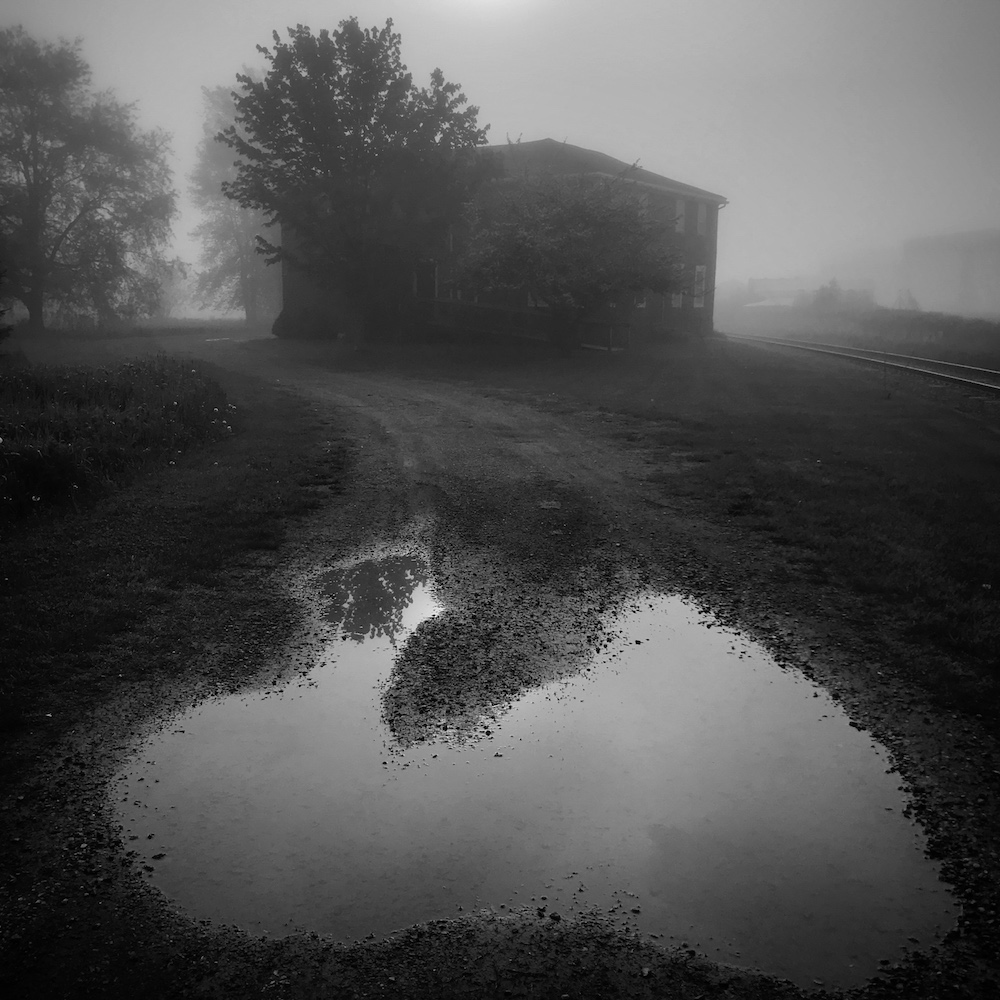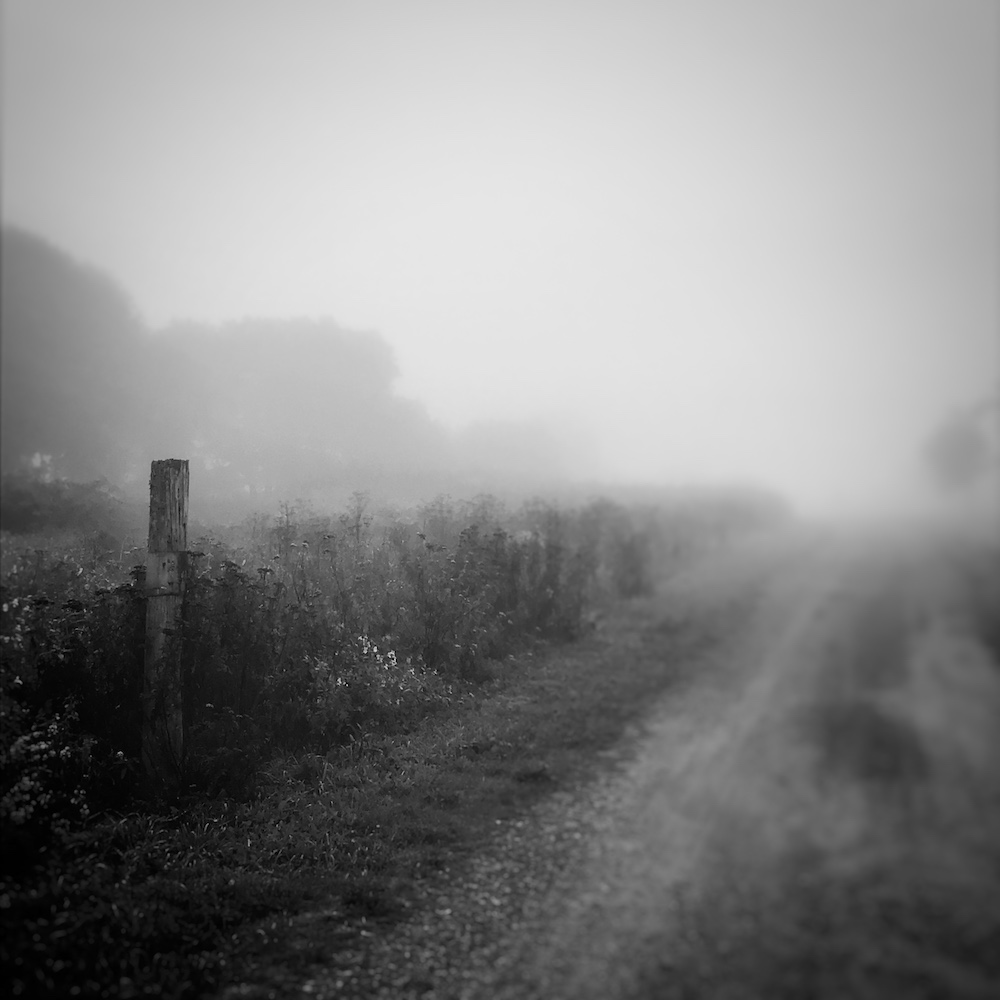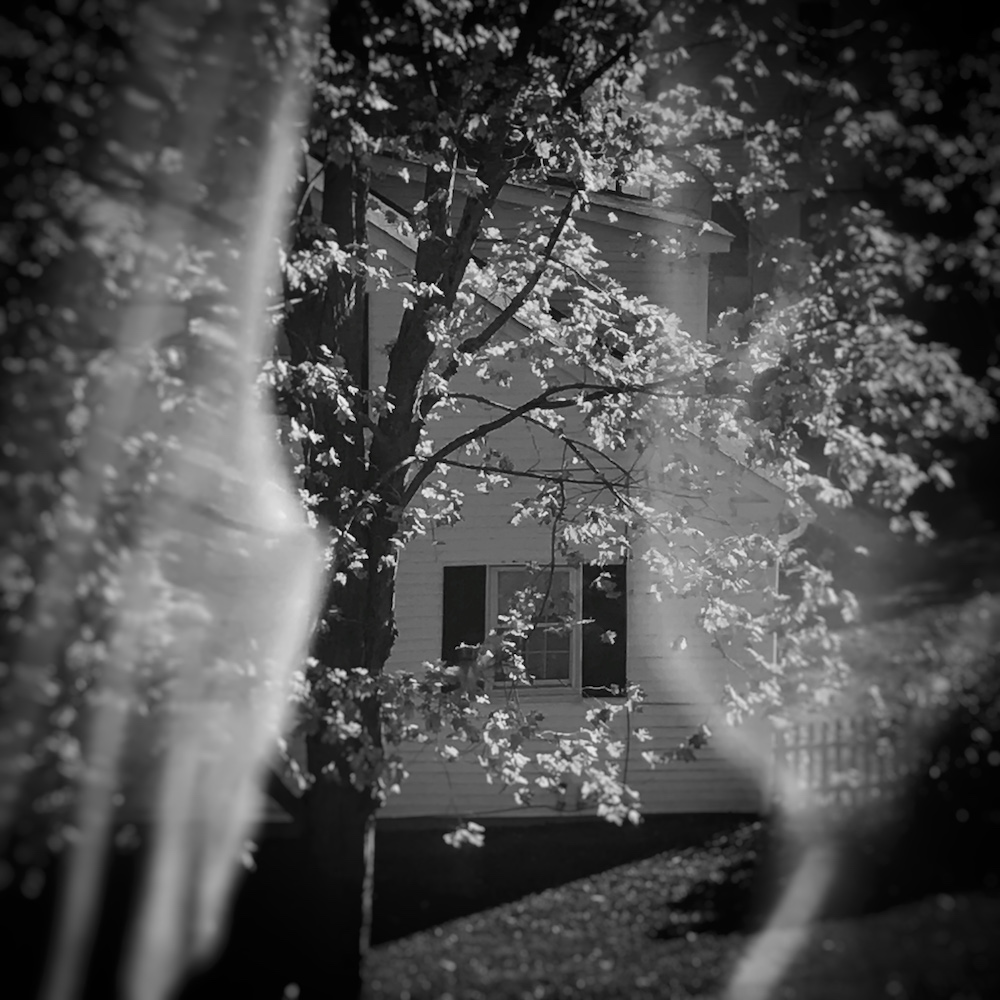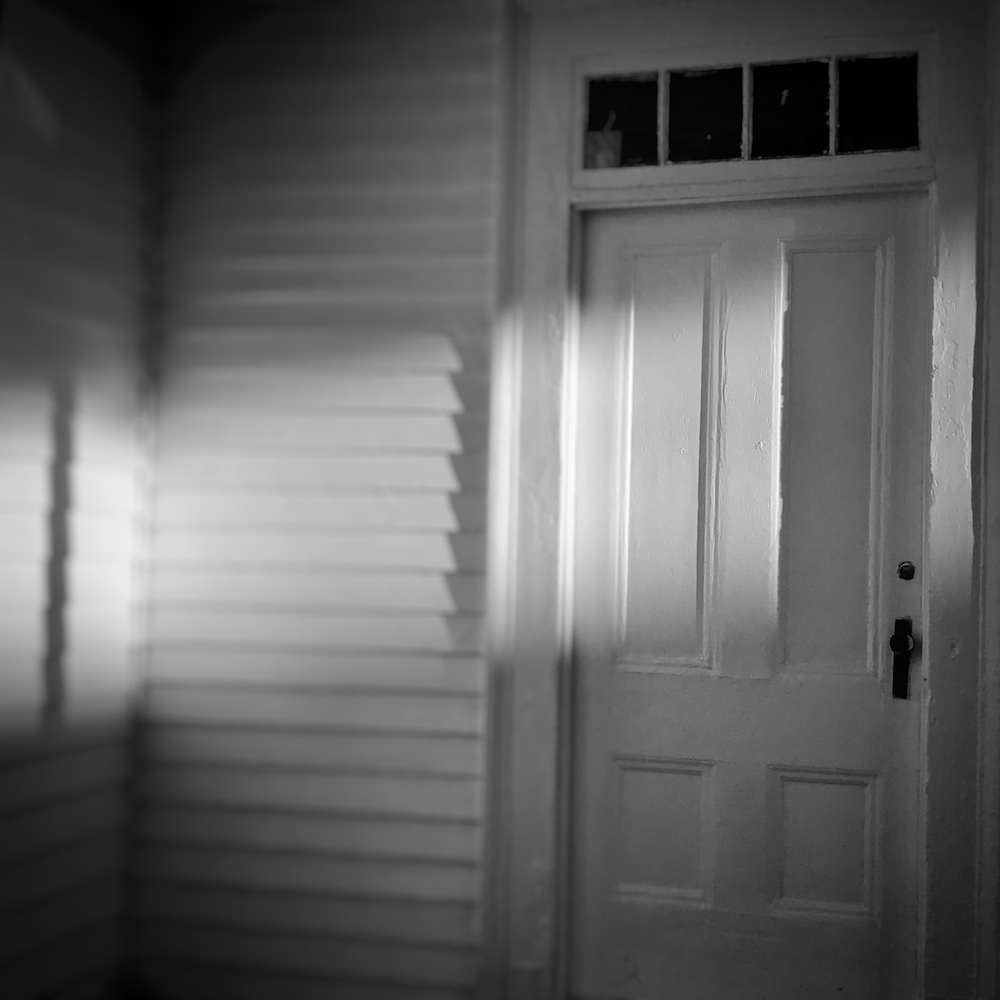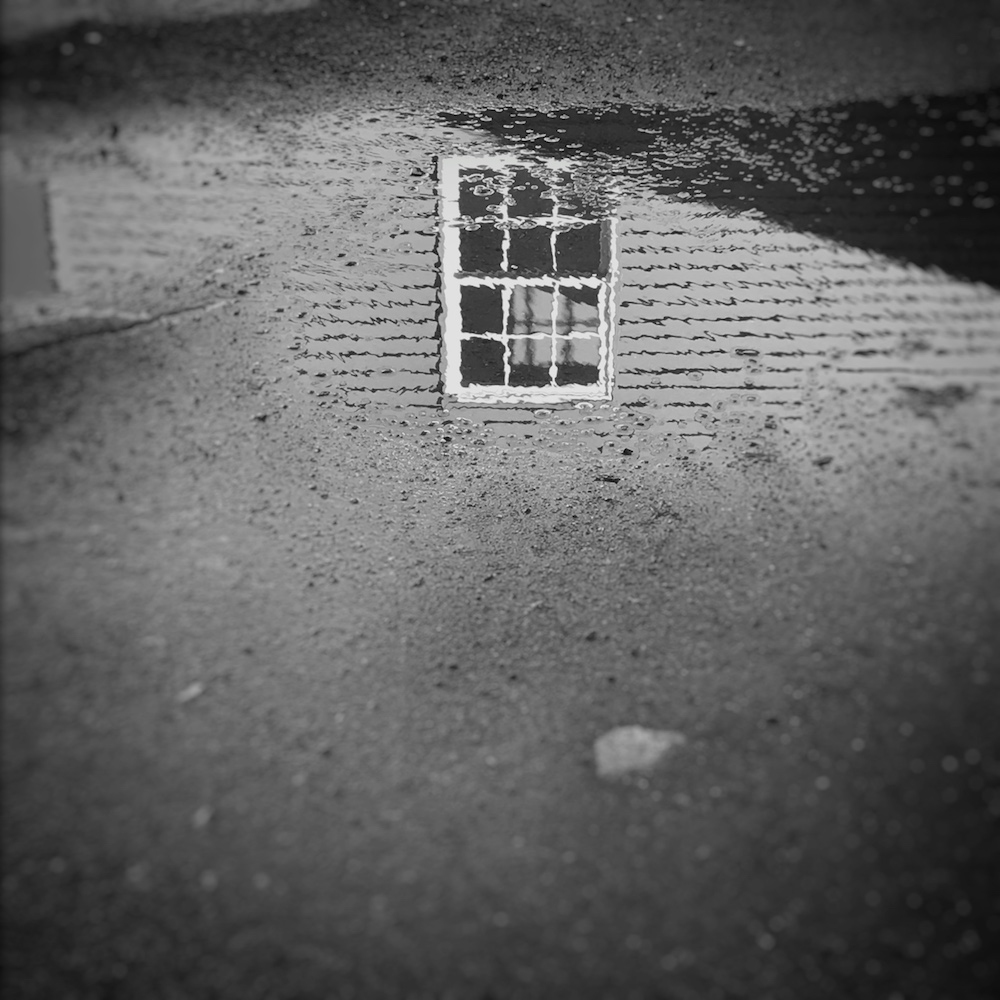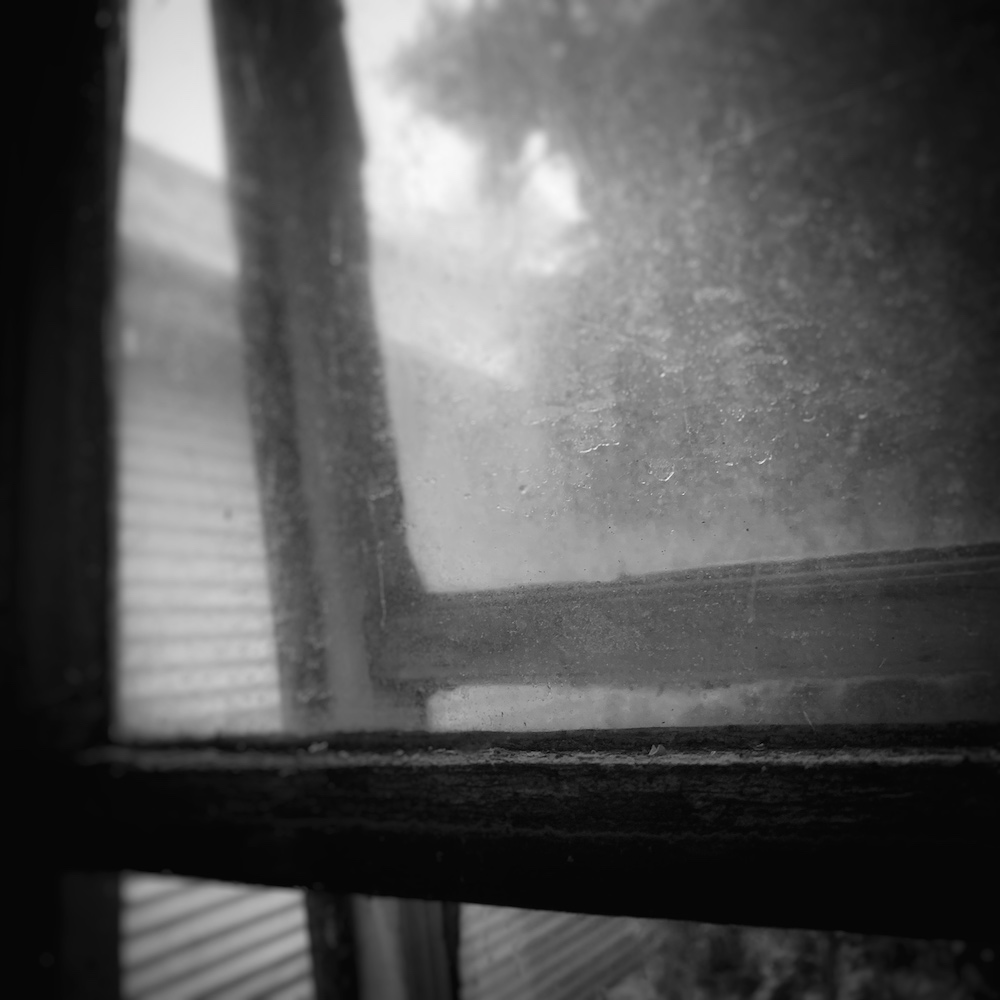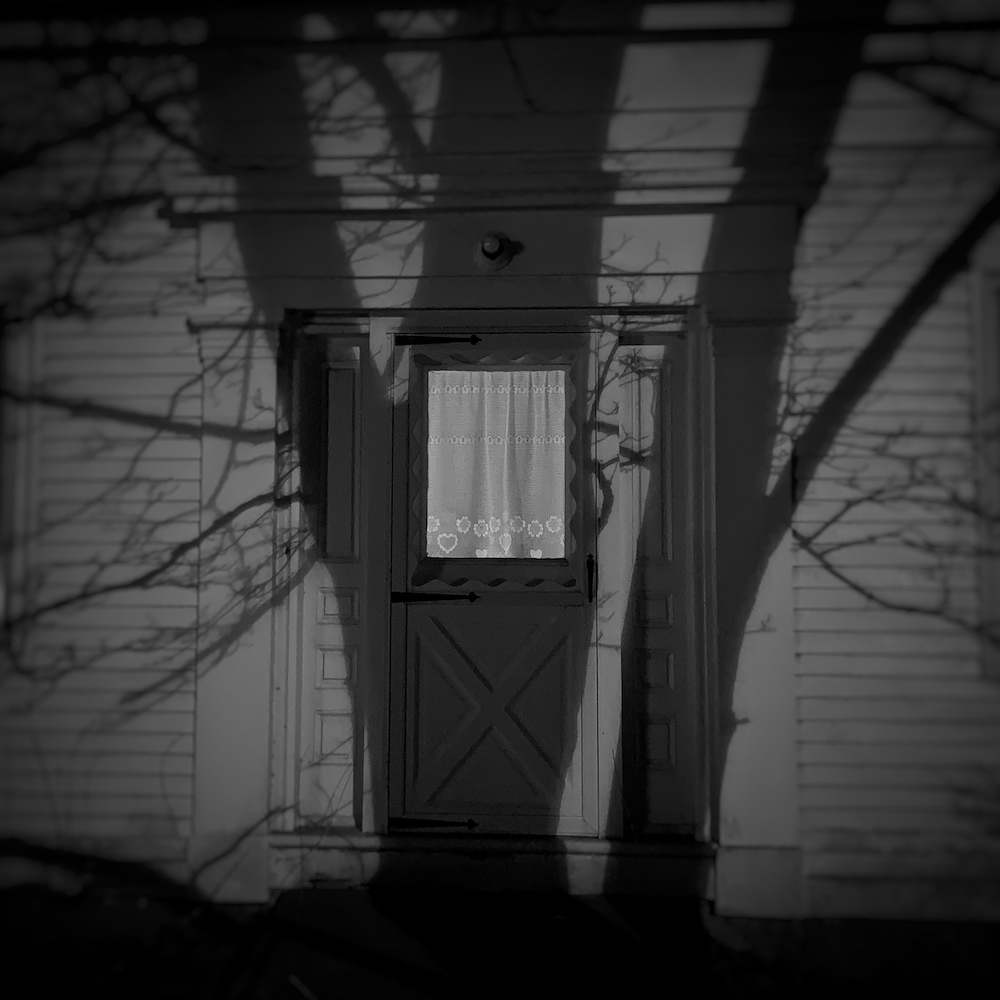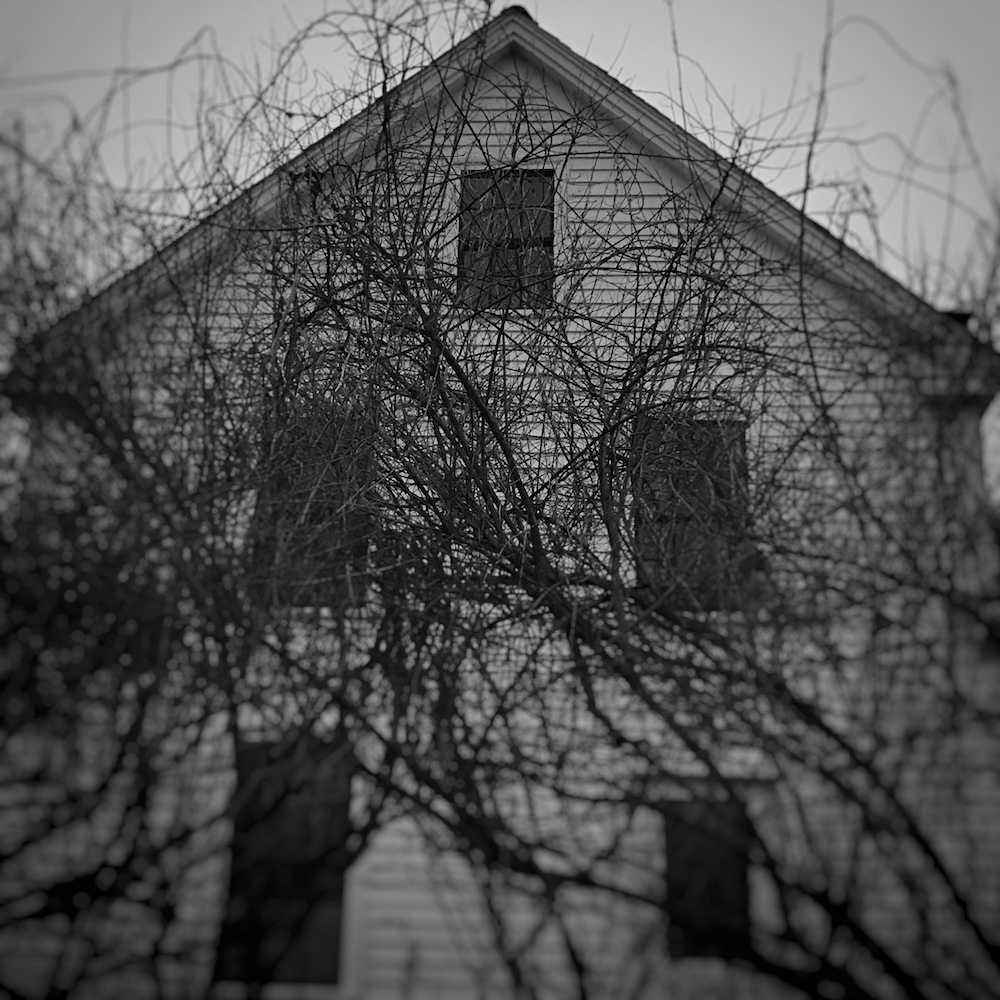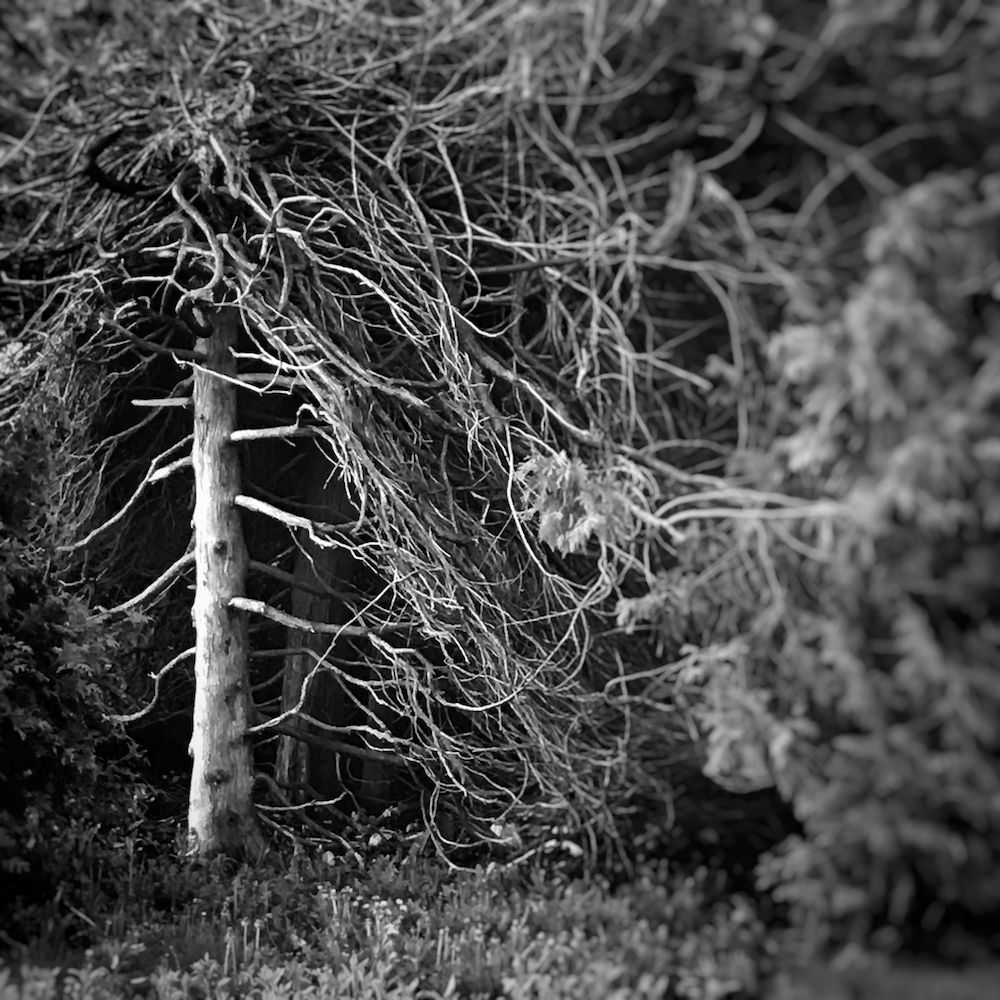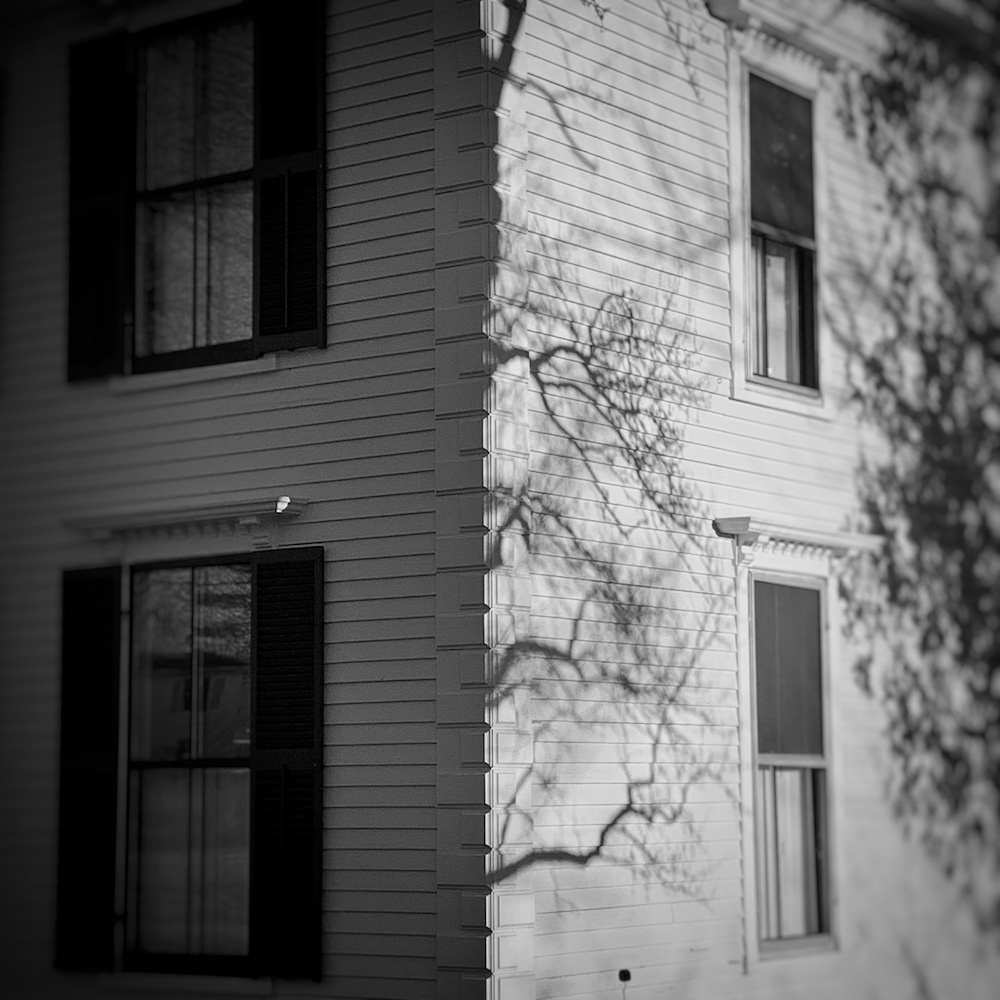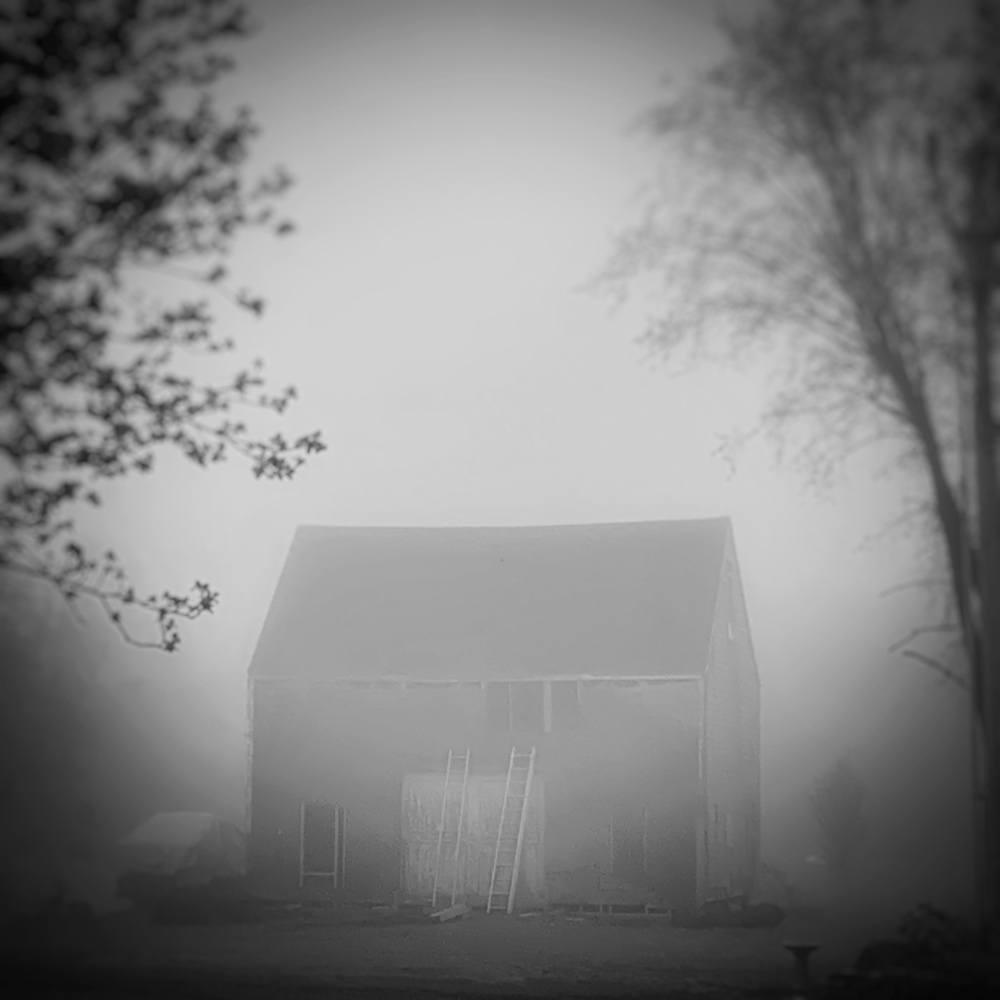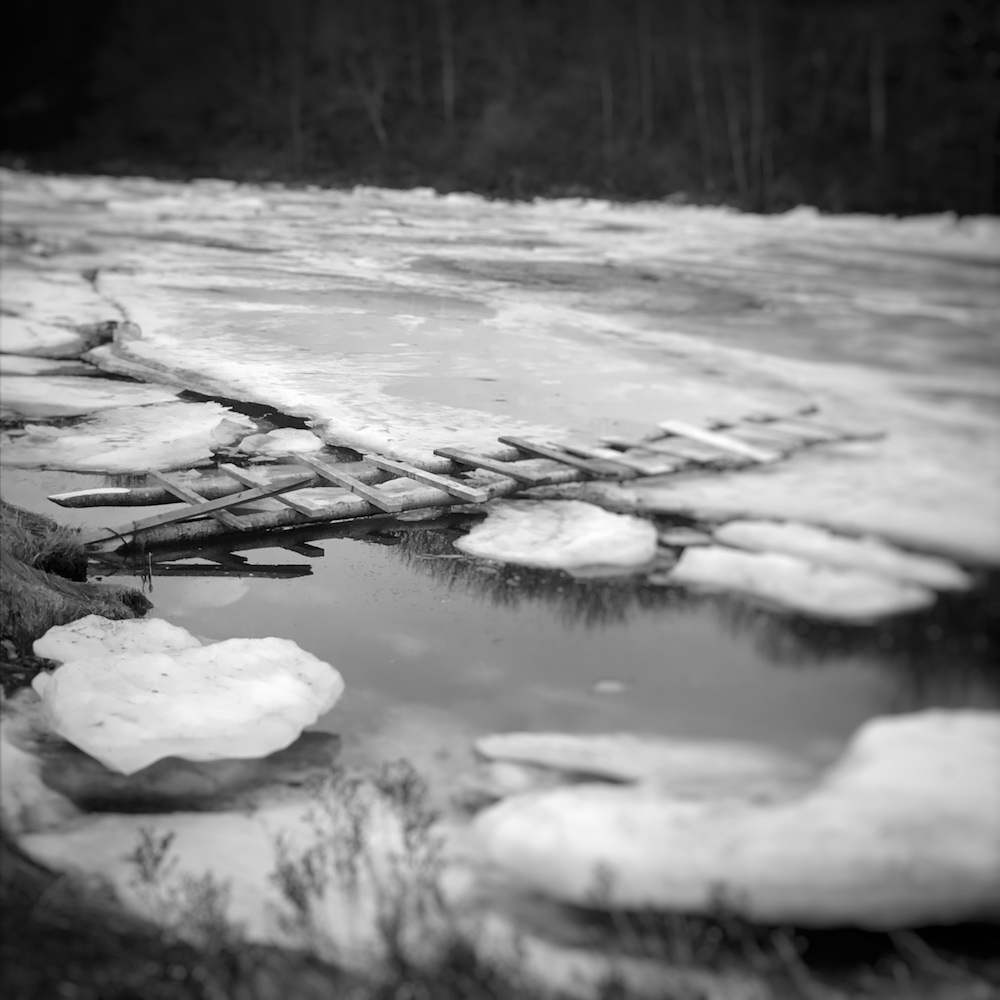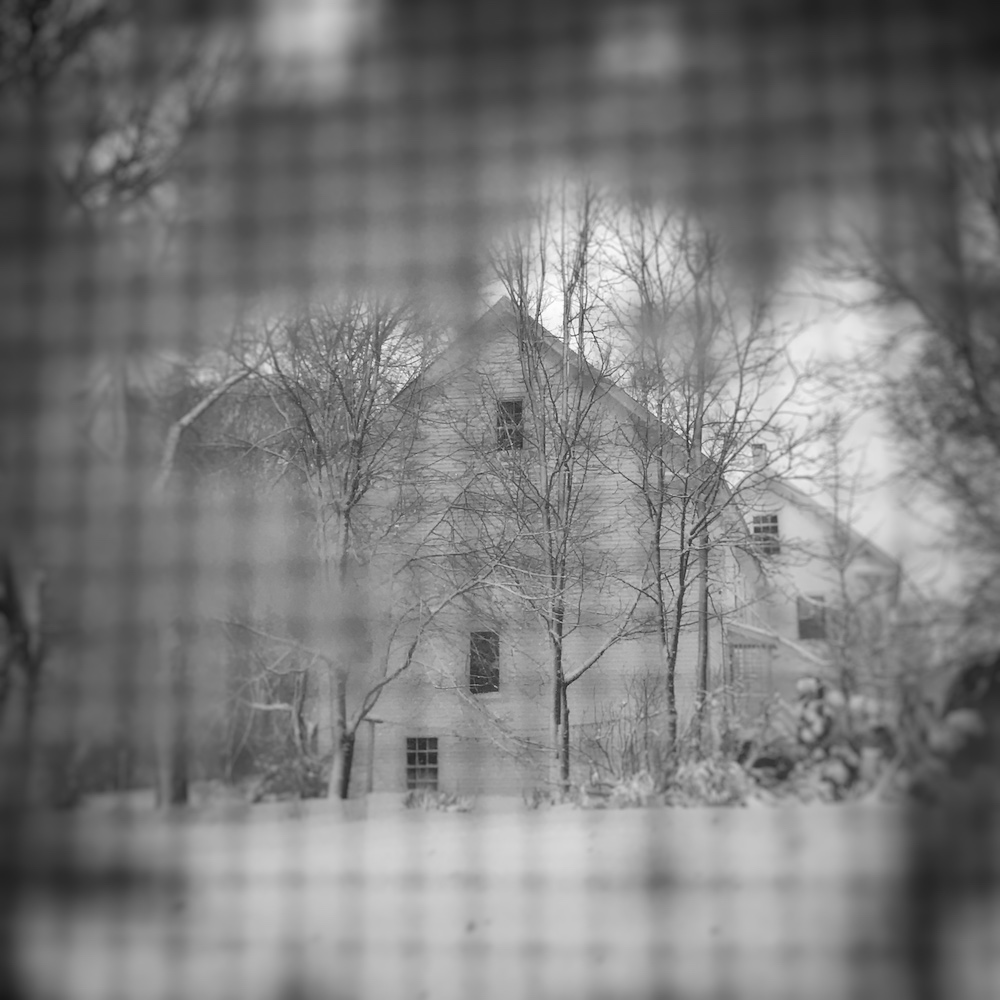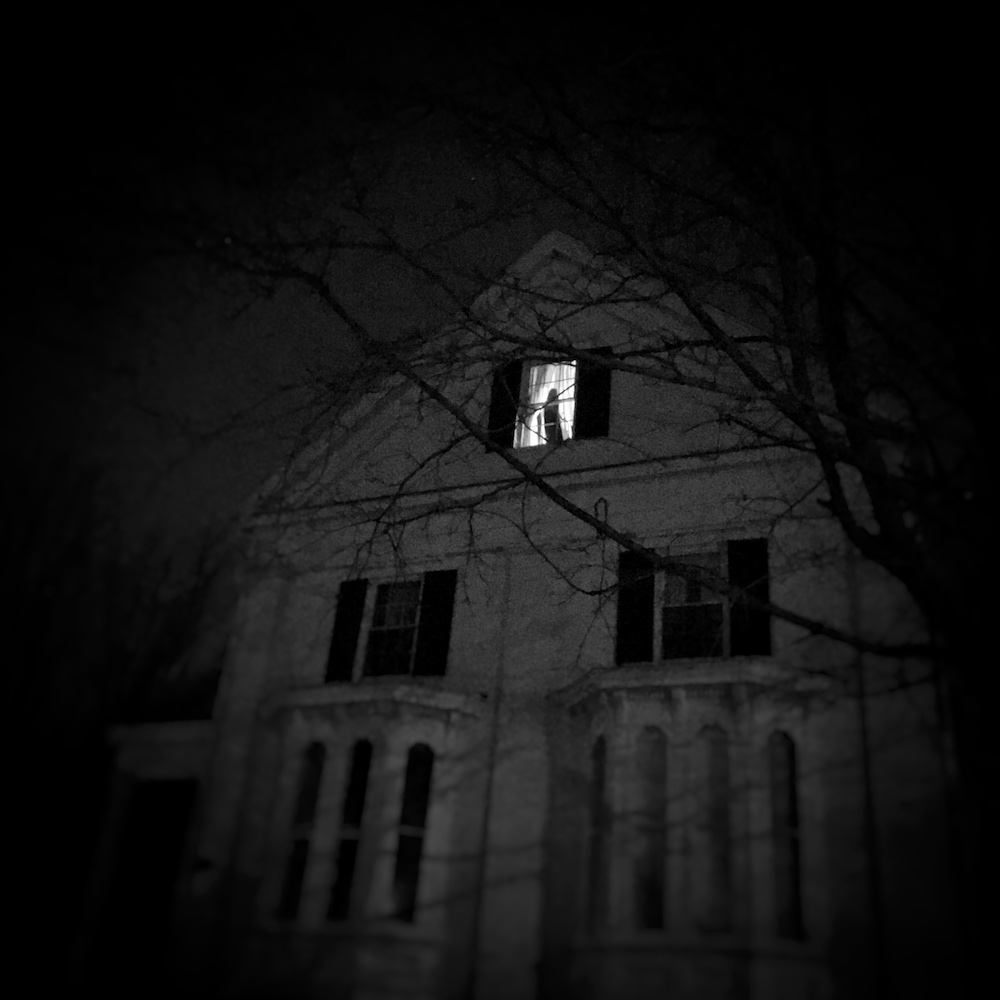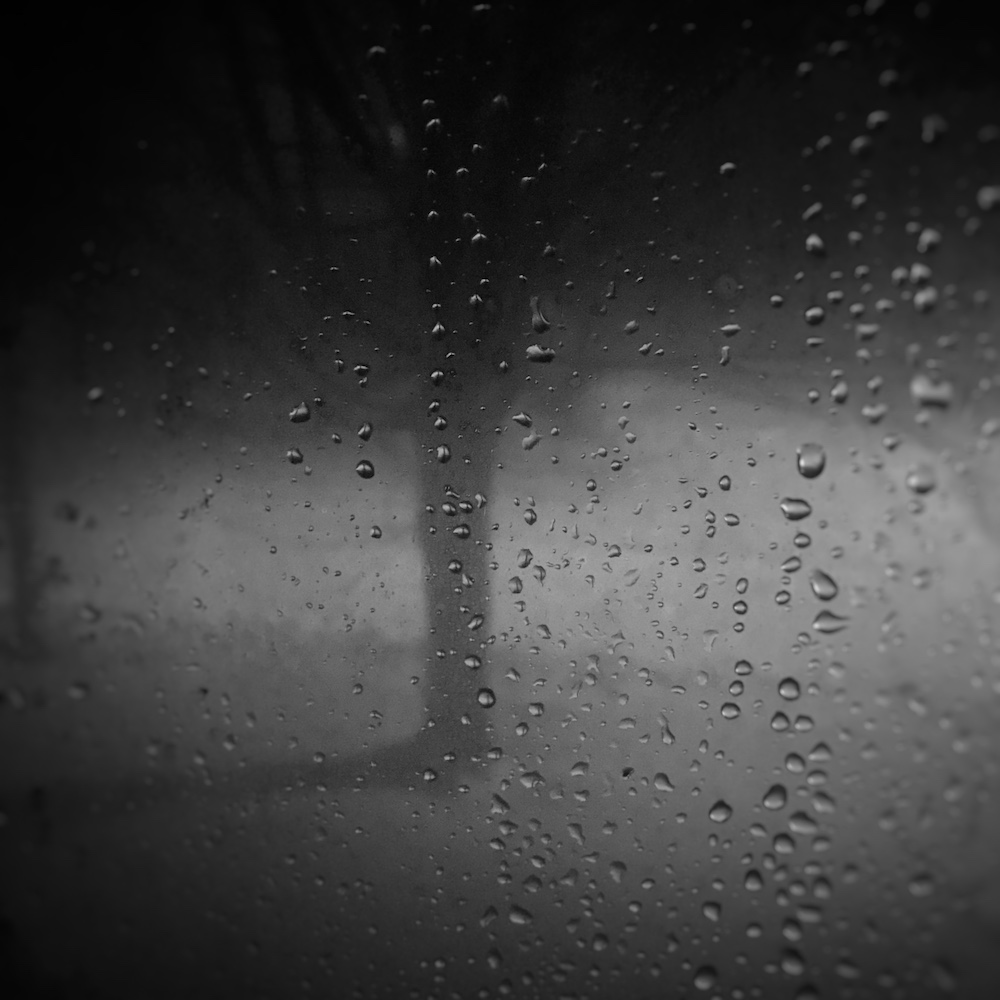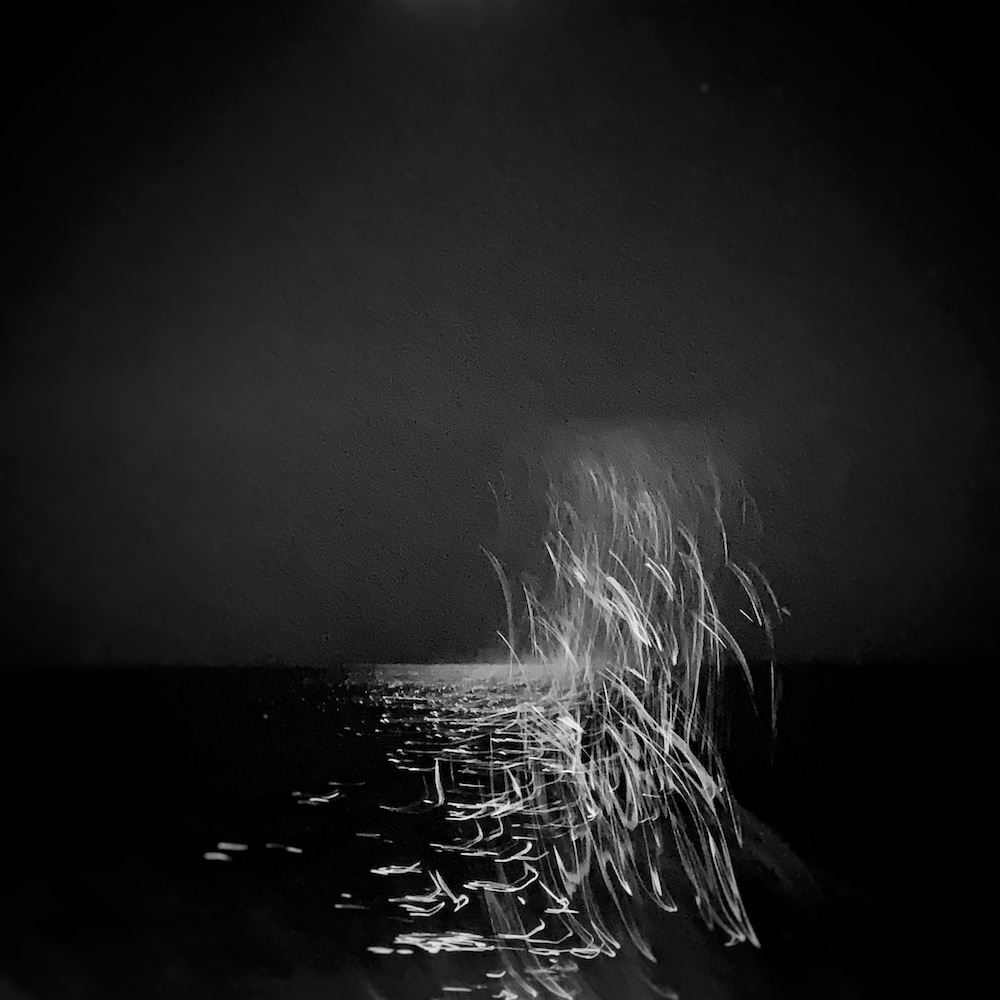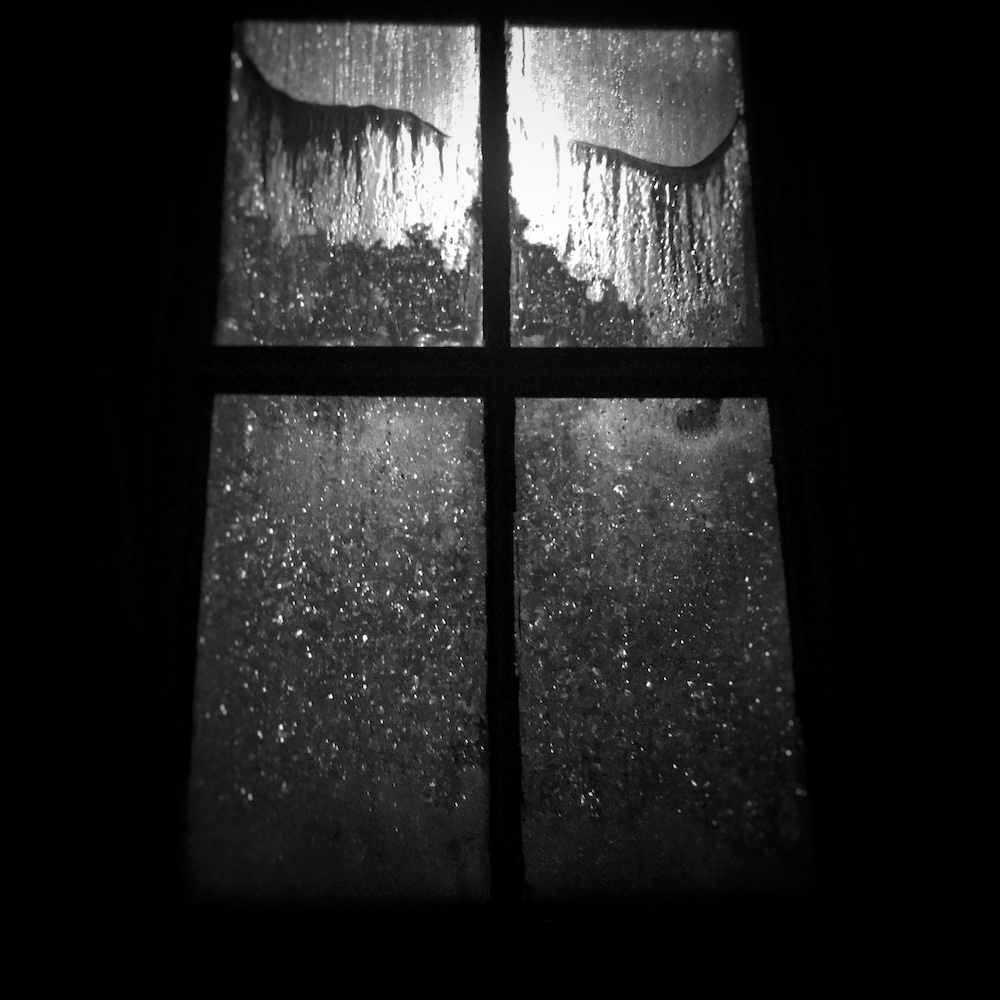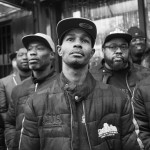Elizabeth Greenberg: Imaginary Places
Projects featured this week were selected from our call-for-submissions. I was able to interview each of these individuals to gain further insight into the bodies of work they shared. Today, we are looking at the series Imaginary Places by Elizabeth Greenberg.
Elizabeth Greenberg is an artist and educator living on the coast of Maine. She is an explorer of places and memories of that which has never been seen. Growing up an only child, ample time alone fostered her vivid and active imagination. At the age of fourteen, she fell in love with the medium of photography and it has since been the language she uses to share her daydreams and visions of imaginary places.
Elizabeth’s passion for photography has also been her guide for living a life and career immersed in a daily conversation about looking at and making pictures. She studied photography at Rhode Island School of Design and thereafter began what would become a long-term relationship with the Maine Media Workshops + College (formerly Maine Photographic Workshops.) After running her own commercial photography business in NYC she changed paths to more seriously pursue her own art practice and share her passion for the medium of photography through education. She received her MFA in Visual Arts from Vermont College.
Elizabeth’s work has been exhibited across the country and she has curated numerous exhibitions. She works with the Arnold and Augusta Newman Foundation to administer the Arnold Newman Prize for New Directions in Photographic Portraiture to honor her mentor’s legacy. Currently, Elizabeth is the Vice President for Academic Affairs at Maine Media Workshops + College. She teaches workshops in Maine and Hawaii, and is a member of the faculty in both the certificate and MFA programs at the college.
Imaginary Places
One day while I was descending the stairs from my studio, I noticed the early-winter light streaming through the antique glass window of my home. It was spectacular, and I had never seen it this way before, despite having lived in the house for sixteen years. The light I noticed that day seemed to reference something no longer there physically, yet intensely palpable in its absence.
Even the most familiar places in my home and around the rural neighborhood in which I live, so often reveal to me mysteries as clues, bridges between the past and the present, the ordinary and the remarkable. I look for them, long for them. all the while realizing they may actually be products of my imagination intermingled with recollections of the other homes, towns and cities of my past. Thus, I transform these places depicted in the images I make by projecting them forward and backward in time until they seem but artifacts of a dream through which I am a wanderer.
Daniel George: You describe yourself as an archaeologist of memories and myths. What draws you to visualize these types of things?
Elizabeth Greenberg: I am looking for a truth I can call my own, and believe in. This was never a conscious intention, rather something I have come to understand and realize about my work as I make it and reflect on it. I grew up as an only – child, and time alone fostered a vivid imagination that has carried over into my photography. I am also the last living family member, on both sides of my immediate family, which is where I think the search for a truth I can believe in comes from. I have so many questions about the past, and no one I can ask, so I look for evidence of a history unknown.
DG: I am curious about your point of view regarding the narrative in these images. Do you maintain specific stories associated with each photograph? Or like memories, do they adjust each time you view them?
EG: I think my point of view is mostly strongly influenced by a child’s dreamlike imagination. There are no real stories associated to any image, nor real events or places. The images are made as part of a daily practice, photographing everyday and no matter where I am, looking for the potential of what may have been or what might yet still be.
DG: This project is very much focused on the effect of light on place—and its ability to evoke certain feelings and recollections. Tell me about your experience and practice working with something so fleeting.
EG: This (unintended) project began when I was struck by a gorgeous light projecting through some antique glass, and the next few month of daily photographs were solely an exercise in chasing light around my home. I have always been fascinated by light, and its fleeting qualities. It has been a significant element in my work since my earliest days of wandering with a camera more than 30 years ago. For me, the light references what is no longer there physically, yet intensely palpable in its absence.
DG: Many of these photographs depict ordinary things that are close to home. How would you describe the moment when something transcends its everydayness and warrants recording?
EG: I am always looking for the extraordinary in the ordinary. I have to turn my brain off and use my eyes to see, and forget what I think I know. Observe the light, the shadows the moment. Really, it is about paying attention, since nothing ever looks the same twice. Sometimes it might be moonlight illuminating an icy window or dancing on a wave, the way a shadow falls across a house at night, or an atmospheric condition that temporarily seems to transport me back in time.
DG: Why do you feel compelled to share your daydreams and visions of imaginary places?
EG: It’s like writing fiction, sharing a story and asking a viewer to come visit another world. With my camera, I tell stories of magic, mystery, love, loss and memories of things never seen. I hope by sharing these images, viewers can connect to their own memories and myths.
Posts on Lenscratch may not be reproduced without the permission of the Lenscratch staff and the photographer.
Recommended
-
Andrew Lichtenstein: This Short Life: Photojournalism as Resistance and ConcernDecember 21st, 2025
-
Martin Stranka: All My StrangersDecember 14th, 2025
-
Interview with Maja Daniels: Gertrud, Natural Phenomena, and Alternative TimelinesNovember 16th, 2025
-
MG Vander Elst: SilencesOctober 21st, 2025
-
Photography Educator: Josh BirnbaumOctober 10th, 2025

